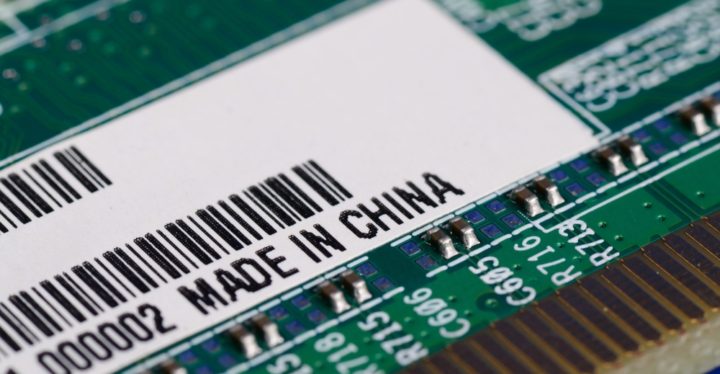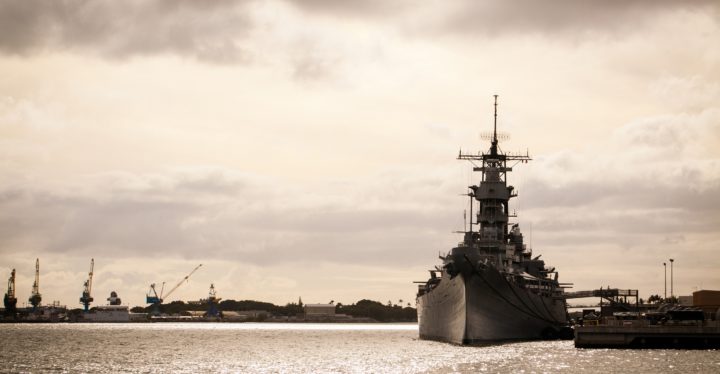by Erik Puskar, National Institute of Standards and Technology (NIST), 2009
Before 9/11, most radiation detectors were designed for use in laboratories. After 9/11, the new Office of Homeland Security, which became the Department of Homeland Security (DHS), needed to plan for the possibility that terrorists would try to smuggle “dirty bomb” components into the country. Consequently the first responder community needs radiation detectors that are accurate, reliable, rugged, and easy to use. This helped lead to the creation of IEEE/ANSI N42.
Read Case Study: How Standards Can Make the U.S. More Secure




